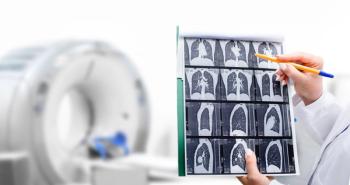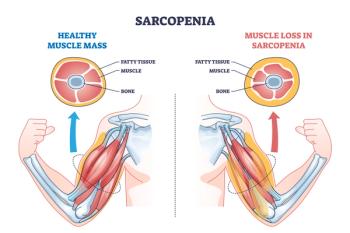
New Study Points Out Doubling of Hospitalizations and Healthcare Costs for PH-ILD
A new study conducted by researchers at the United Therapeutics Corporation in Durham, NC, looked to characterize PH-ILD disease burden by analyzing healthcare resource utilization (HCRU) and cost data.
Pulmonary hypertension due to interstitial lung disease (PH-ILD) has long been connected to high rates of respiratory failure and death.
A new study conducted by researchers at the United Therapeutics Corporation in Durham, NC, looked to characterize PH-ILD disease burden by analyzing healthcare resource utilization (HCRU) and cost data.
The study, published July 11, 2024 in BMC Pulmonary Medicine, discovered the hospitalization among patients with PH-ILD more than doubled over a 2-year period; additionally, total health care costs also more than doubled after the same 2 years.
“Group 3 PH represents patients with PH associated with lung diseases and/or hypoxia such as COPD and ILD,” explained the study’s coauthor, Benjamin Wu, PharmD, MS, health economics and outcomes researcher at United Therapeutics Corporation. “Past real-world studies observed these heterogeneous conditions as a single cohort; however, the clinical and economic burden posed by individual conditions are unknown.”
The prevalence of PH is estimated to be ~14% at initial diagnosis of ILD and up to 86% at time of lung transplant, he continued.
“Patients with PH-ILD differ in prognosis and survival compared to other forms of Group 3 pulmonary hypertension, so we sought to characterize that in administrative claims data,” Wu said.
The researchers conducted a retrospective cohort analysis of the Truven Health MarketScan Commercial Claims and Encounters Database and Medicare Supplemental Database between June 2015 to June 2019 and 122 patients with PH-ILD were included.
The selection criteria were designed to be more restrictive in defining a more refined PH-ILD population, Wu said.
“There seems to be quite a bit of overlap in co-morbidities with other PH groups, so we wanted to mitigate these other conditions as confounders on our results,” he said. “The 1-year survival for patients with PH-ILD is around 71.9% to 73.3%. By requiring 12-months of continuous enrollment in the post-index period, we likely created a selection bias of including only patients with PH-ILD who survived to 1-year. This criterion potentially removed even more severe patients with PH-ILD; it would be interesting to repeat the study allowing for a variable follow-up time to capture these missing patients.”
The most significant and alarming changes in HCRU observed between the pre- and post-index periods were the percent of patients experiencing a hospitalization, with the authors noticing a doubling in the number of patients from 29.5% to 59.0%.
“With significant increases in length of stay and days in the ICU, it seems the severity of these hospitalizations are also increasing,” Wu said. “We saw total costs increase largely driven by inpatient cost. This makes sense given the doubling of hospitalization utilization that was observed. Surprisingly though, this translated to a five-fold increase in mean inpatient costs from $13,133 to $63,218.”
Therefore, the researchers concluded that PH-ILD contributes to a high HCRU and cost burden, and timely identification, management, and treatment are needed to mitigate the clinical and economic consequences of PH-ILD development and progression.
“It is important that we stay aware and proactively screen for pulmonary hypertension in patients with interstitial lung disease,” Wu said. “Our study demonstrates that once PH develops, patients with ILD are likely rapidly deteriorating given the sharp increases in hospitalizations and severity of hospitalizations.”
Newsletter
Get the latest industry news, event updates, and more from Managed healthcare Executive.





















































